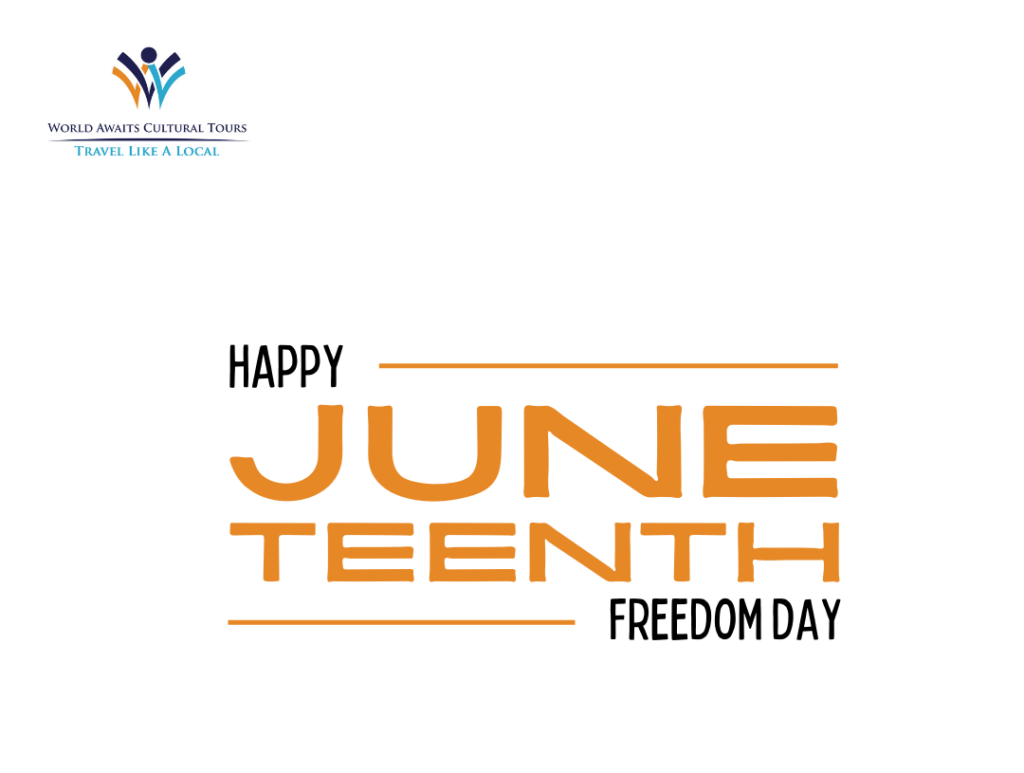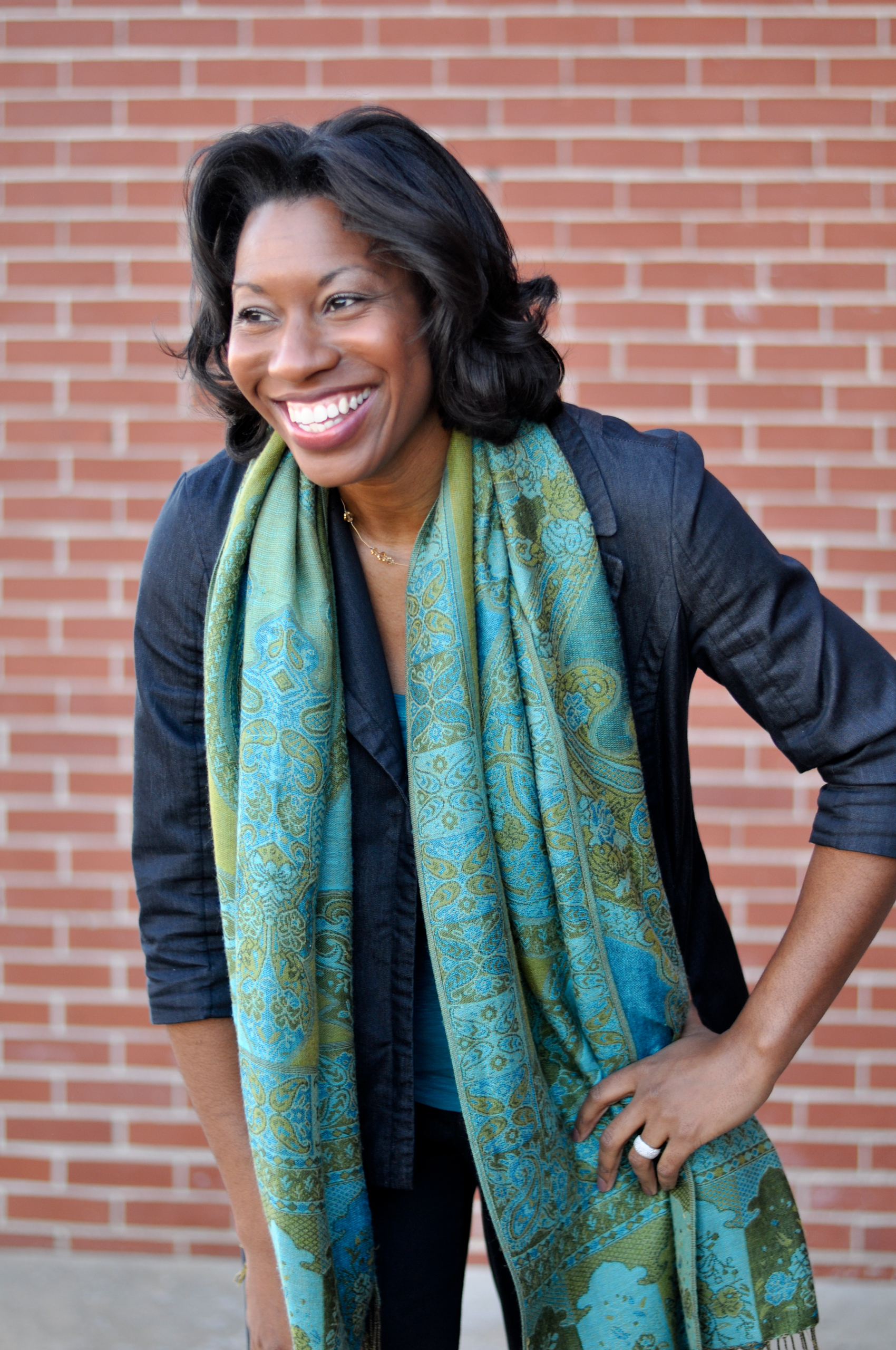This Juneteenth (June 19th) USA federal holiday not only are we commemorating the effective end of slavery in the United States, but we would also like to share history we happened upon traveling like a local in our adventures through the Caribbean. These are historical markers of the African Diaspora and victories or contributions of former slaves or freed blacks in Sint Willibrordus, Curaçao, Limon, Costa Rica, Panama Canal, Panama, and Cartegena, Colombia. Let’s take a digital cultural and historical tour of these beautiful destinations to discover the journey to freedom and contributions of African descendents.

In Curaçao, I befriended our local tour guide who offered to take us on a private tour up to the coast to more beautiful, natural and local beaches unlike Mambo Beach, the man-made beach frequented by tourists and cruise ship passengers. He guaranteed a timely return to our cruise ship or he himself would get us back across the ocean to the United States. After prayer, listening to God and the perspective of my friend, we recruited two more gentlemen for safety in numbers and agreed to embark on this informal adventure up the coast.
Unbeknownst to us in Sint Willibrordus, Curaçao there is this roadside UNESCO monument at Salt Lake Willibrordus also known as the home of the Flamingo Sanctuary. The picturesque white monument of a bold fist holding a shackle is clearly a moment of black power and liberation. I knew to snap a picture as we drove by in the car beckoning our local friend to slow down. I zoomed in on the photo to find this inscription in Papiamento, a Portuguese-based creole language spoken in the Dutch Caribbean, and English: “Luchadónan ta gana promé bataya” meaning the “First battle won by Freedom Fighters.” After I returned to the USA, I researched and learned this monument is one of many UNESCO Freedom Fighter monuments on the island of Curaçao. Landhuis Kenepa Tula Rigaud, also known as Toulah or Tula, was a slave in Curaçao who liberated himself and led a revolt that lasted for over a month in 1795. Tula was executed on 3 October 1795 leaving a legacy to be accomplished of liberté (liberty), igalité (equality), fraternité (fraternity). Tula was named a national hero of Curaçao and is revered today as a fighter for human rights and independence.
As a small island in the Caribbean Sea, Curaçao is also known as an island of monuments boasting more than 860 protected historical buildings and archeological sites.

Back west of the Caribbean in Limón, Costa Rica, as you enter Cahuita National Park along the coast of Limón, Costa Rica, look to the right as not to pass by this marker commemorating the Day of Afro-descendants who died here and contributed to the building of Costa Rica. There was no mention of this monument on our formal tour with local guides. However, my curious, ever-perceptive eyes found it and read it in Spanish to understand it was commemorating African descendants of the slave trade.
English translation:
RECOPE
Within the framework of the celebration of the Day of African Descent, tribute is paid to our ancestors, whose mortal remains lay in this place. Men and women who contributed to forging the development of the country and the birth of a rich culture, pride of our roots. Art and culture for development foundation. Limón, Cahuita National Park August 31, 2016
After returning home, I later learned there is an online Cultural Map that georeferences and promotes information on artists, cultural groups and organizations, as well as cultural infrastructure, in Costa Rica. The Cultural Map is an innovative, visualization tool of cultural resources by geographical location developed by the Cultural Information System of Costa Rica (Sicultura), a component of the Culture and Economy Unit of the Ministry of Culture and Youth, in conjunction with the National Geographic Institute and the National Institute of Statistics and Censuses.

At the engineering marvel of the Panama Canal as you leave Pedro Miguel Locks, you will see this nondescript neighborhood where a black community of workers lived that contributed to the construction of the Panama Canal since its inception in 1903. I was able to snap this photo from our coach tour bus passing by as our local tour guide added this fact to share more sides of the history of this great canal and the contributions of indigenous people, migrants and descendants of formerly enslaved people. The unity of nations, communities and people groups required to complete the Panama Canal is fraught by division, segregation and unfortunately, death and destruction. You can explore more about the African-Americans and the Panama Canal and other Afro-Panamanians who contributed to the building of the Panama Canal.

We end our Caribbean African Diaspora tour of freedom in Cartagena, Colombia at San Pedro Claver Square inside the historical walled city. This sculpture is of the “Slave of Slaves,” Saint Pedro Claver, a Jesuit missionary that dedicated his life to serving the slaves of Cartagena and advocating for the fair treatment of slaves in the seventeenth century. The monument by artist Enrique Grau is purposefully positioned at street level with passersby to emulate the humility and disposition of San Pedro Claver.
San Pedro Claver Square is also home of the church of the same name and a Baroque ecclesiastical architectural heritage complex with a row of restaurants and small jewelry and local handicrafts shops.
Although, I didn’t get a chance to visit the famed San Basilio de Palenque this trip, it is an honorable mention especially this Juneteenth holiday. Palenque is only 50 kilometers / 31 miles from Cartagena and is the first “free town” in the Americas founded by enslaved Africans that fled a life of slavery. Learn more about the UNESCO World Heritage site here whose history, culture, language, gastronomy, music, medicine and societal organization without crime and police is still preserved today.
We encourage you to travel through history and seek out these opportunities of enlightenment and remembrance next time you travel. Remember, sometimes this history may only be found by curiosity or a local host or guide willing to tell the whole story, inclusive history and contribution of all people.
This Juneteenth holiday, let’s us also remember, pray and act upon Modern-Day Slavery, Human Trafficking and acts of enslavement that persist in many forms of slavery, persecution and injustice of an estimated 21 million to 45 million people and children throughout the world.


Bernell King
Travel Coach | Founder & CEO | World Awaits Cultural Tours
I am passionate about traveling like a local with locals. My life and relationships have been deeply enriched by over 22 years of experience in international business, coaching, consulting and training of expatriates, executives, families and children from around the world.
